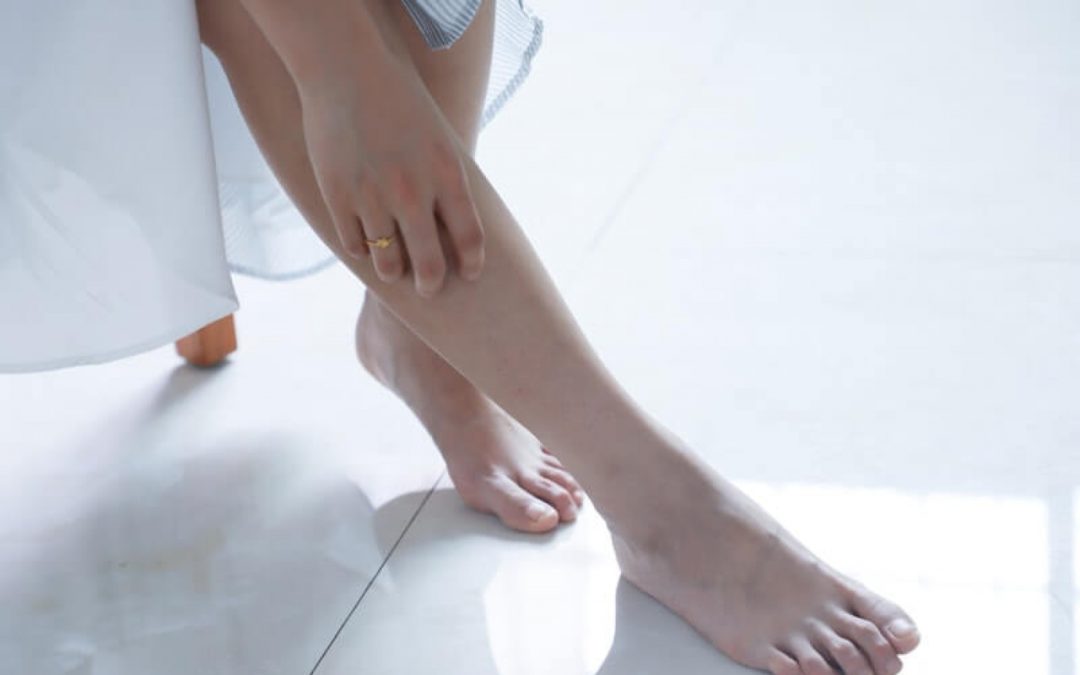Our specialist London podiatrists diagnose a range of foot injuries and conditions that require treatment by dry needling. But what is dry needling and when might it be the right course of treatment for you? Here’s everything you need to know.
What Is Dry Needling?
Dry needling, also known as myofascial trigger point dry needling, is an effective technique used to treat chronic muscle pain. It involves the insertion of dry needles – ones without medicine or injection – through the skin and into the underlying muscle. This technique gives the practitioner access to muscles that are otherwise difficult to treat.
This treatment can also be used to treat verrucae, which you can read about on our verruca treatment page, but this is slightly different.
How Does This Treatment Work?
Tiny needles are inserted through the skin and into the muscle trigger points. Trigger points are taut, knotted areas of muscle formed by repetitive strain or injury. As the name suggests, they are the source of wider muscle pain. Using needles to access the trigger points directly can release the pain and discomfort quicker than external treatments such as massage.
Is Dry Needling the Same as Acupuncture?
Like acupuncture, dry needling is the insertion of dry needles into the skin and underlying muscle. However, whereas acupuncture is an ancient technique originating from Chinese medicine, dry needling is a relatively modern, Western technique with grounds in research rather than tradition.
When Is Dry Needling the Right Treatment?
Dry needling is often used to combat sports injury and myofascial dysfunction, such as plantar fasciitis – heel pain. As the source of heel pain is often deep in the muscles of your foot, it can be hard to otherwise treat.
It’s widely reported that 10% of people in the UK will develop plantar fasciitis at some point in their lives, with it being most common in people between the ages of 40 and 60, and in sportsmen and women. American doctor and professor of radiology, Levon Nazarian, reports that his success rate in using dry needling to treat plantar fasciitis is around 90.
Alongside pain relief, dry needling can also:
- Relieve stiffness
- Increase flexibility and range of motion.
Does it Hurt?
Probably the question on anyone’s mind when considering this course of treatment is whether it will hurt. Thankfully, the answer is generally no. Although the needles have to penetrate deep into the muscle, they are fine and ultra-sharp so most people don’t really feel anything other than a slight tingling – but not pain. On contact with the trigger points, there can be a twitch or cramping feeling, which is short-lived and a sign that the needles are reaching the right targets. A little bleeding can be expected but it won’t stop you from living your normal life, and the benefits of reducing pain far exceed the slight inconvenience.
If you’re suffering from chronic heel pain or a sports injury, contact one of our London clinics today to make an appointment with one of our experienced podiatrists. We can assess your symptoms and advise you on the best course of action to get you back on your feet and living life to the full.

